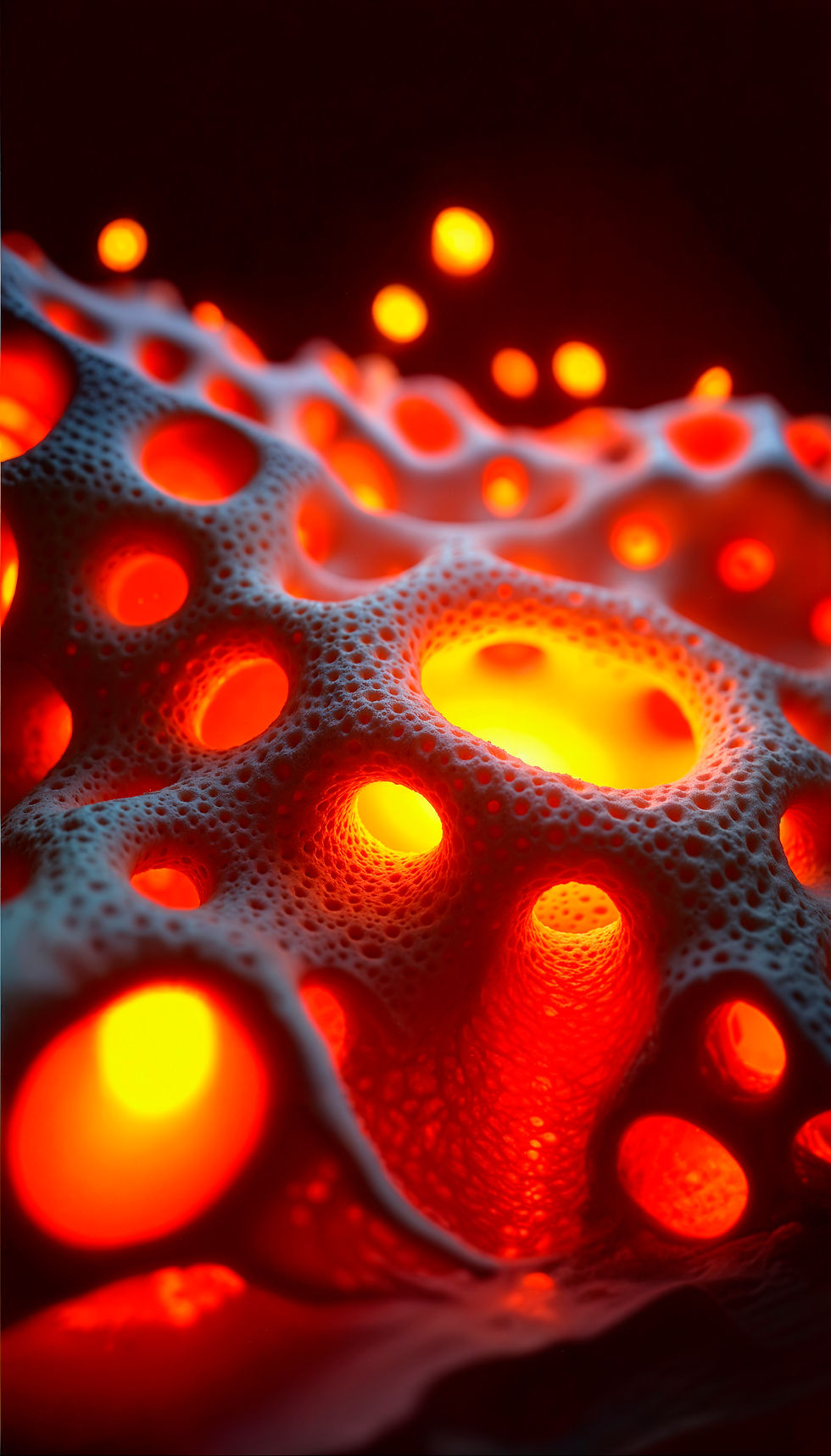MSDS OF 2D NANOBORON SHEETS
Introduction
2D nano boron sheets (B2O3), with 99% purity, have a density of 2.46 g/cm³ and are insoluble in water. BET analysis shows a surface area of 68.37 m²/g and optimized pore size of 109.3 nm. XRD confirms their crystalline structure, while HR-TEM reveals reduced size and thickness, making them ideal for advanced energy storage applications.

MSDS OF 2D NANOBORON SHEETS (Entity2- Energy Storage)
Formula: B2O3
Molecular Weight: 69.62
Purity (2N): 99%
Appearance: Powder or Pellet
Colour: Grey
Odour: Odourless
Density: 2.46 g/cm
Solubility in water: Insoluble
Melting Point: 520oC
Boiling Point: 1875oC
Metal Impurity: < 1%

Fig. 1 Brunauer-Emmett-Teller (BET) studies of N2 adsorption/desorption in 2D nano sheets of B2O3.
From the N2 adsorption/desorption studies as shown in Fig. 1, it is predicted that the BET Surface Area of the 2D nano sheets of B2O3 to be 68.3717 m2/g, with single point adsorption total pore volume of pores less than 1093.221 Å radius at
P/Po = 0.991084337 and pore size of 0.135508 cm3/g. BJH Desorption average pore radius (2V/A) is obtained as 34.099 Å. The optimized pore size for the 2D nano sheets of B2O3 is 109.3 nm.

Fig. 2 Brunauer-Emmett-Teller (BET) studies of H2 adsorption/desorption in 2D nano sheets of B2O3.
The H2 adsorption and desorption studies on the 2D nano sheets of B2O3 is studied by BET at 77K and displayed the characteristics in between type II &IV for adsorption or desorption isotherm of Nitrogen (N2) as seen by Fig 2. As expected, the type II isotherm showed a huge deviation from the Langmuir adsorption theory. Monolayer formation is observed from the flat region and low-pressure features of type II. The condensation of gases in the pores available in the adsorbent leads to saturated vapor pressure.
Structural analysis of the synthesised 2D nano sheets of B2O3
The X-ray diffraction (XRD) patterns are recorded on a Bruker D8 multipurpose XRD system.
The XRD patterns agree well with the JCPDS 01-089-2777.

Fig. 3 X-Ray diffraction (XRD) of the synthesized 2D Boron oxide (B2O3) nano sheets. Predominant peaks occur between 20 of 10 – 200 indicating that the formed compound is B2O3.

Fig. 4 (a to h) High-Resolution Transmission Electron Microscopy (HR TEM) images of 2D nano sheets of B2O3.
As shown in Fig. 4 (a to h), the sheet structure of 2D nano sheets of B2O3 was confirmed by HR- TEM. The average lateral size of Boron sheets was decreased from ≈500 to ≈250 nm, and the average thickness of Boron sheets was also decreased from ≈50 to ≈20 nm after liquid exfoliation. The decrease of lateral size and thickness may attribute to the physical adsorbed and the fragmentary covalent bond grid among Boron sheets broken by sonication. HR-TEM imaging and the corresponding fast Fourier transform (FFT) diffraction pattern of the representative individual B2O3 nano sheets confirm the crystalline nature of B2O3 nano sheets as shown in Fig 4 e, to Fig 4f, showing a clear interference fringe with a d-spacing of 0.51 nm, corresponding to the (104) plane of a β-rhombohedral Boron structure. The uniform lattice fringes shown in Fig 4 f suggest that the crystalline state of the B2O3 nano sheets after liquid-phase exfoliation is pristine.
